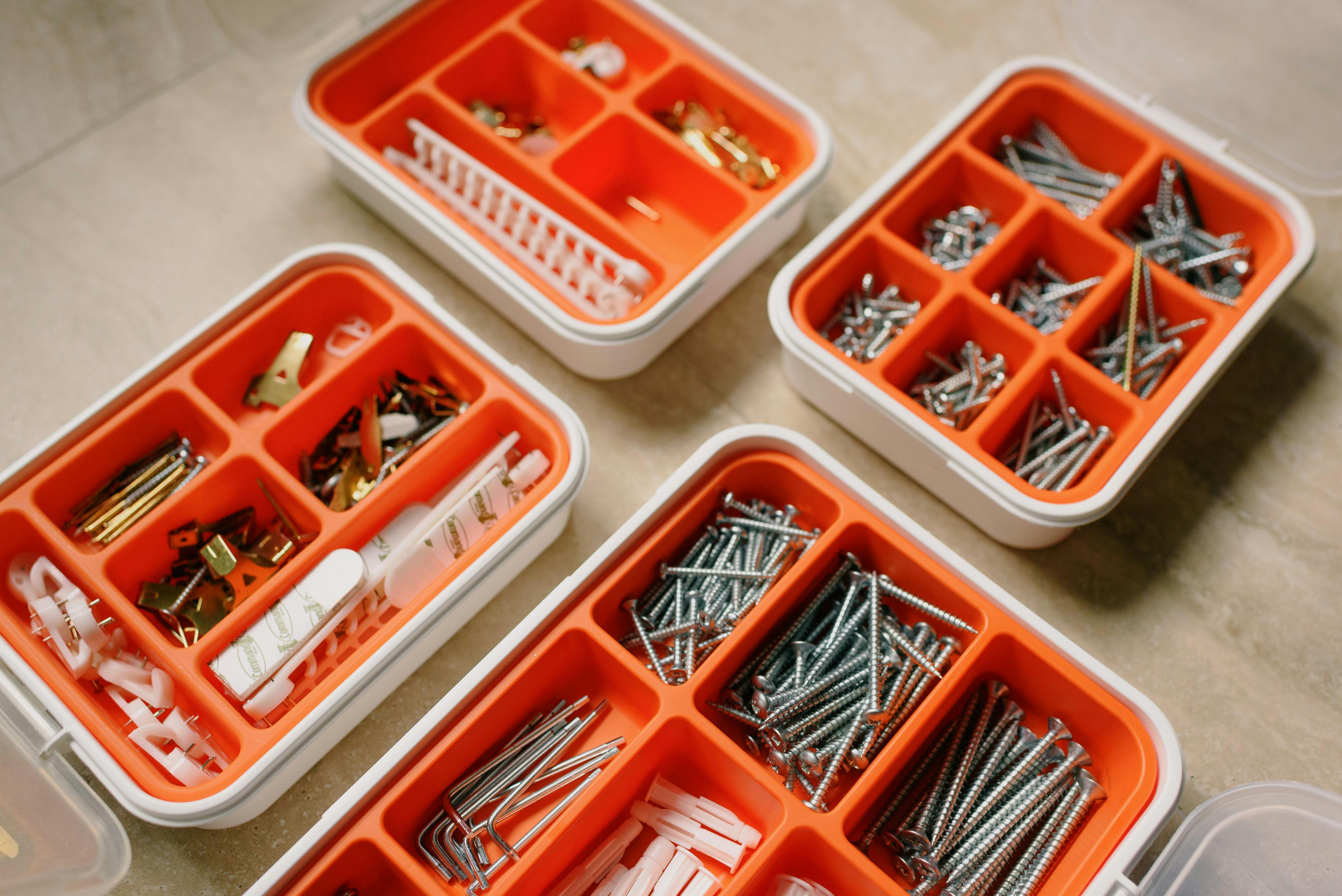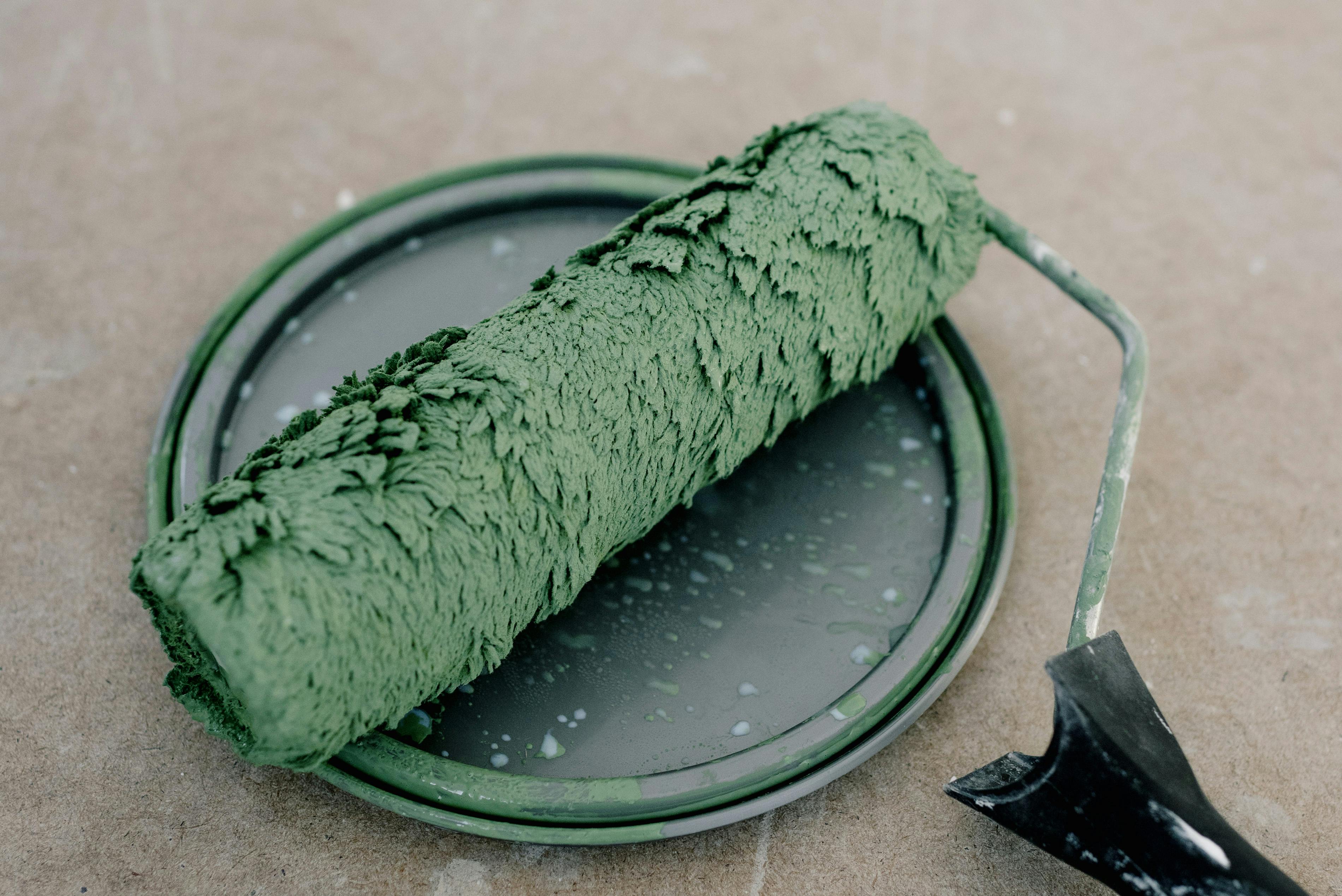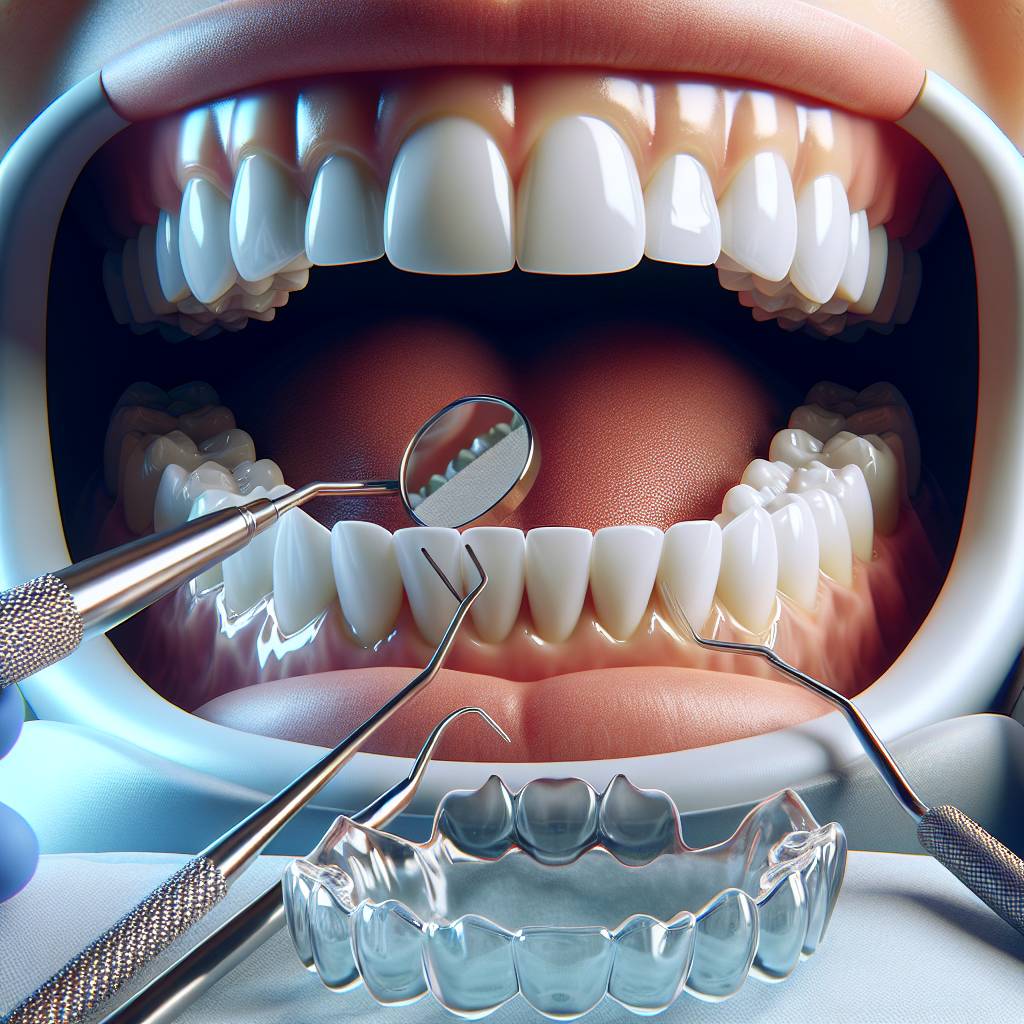Having a gap in your teeth can be an issue for many people, both aesthetically and functionally. Fortunately, there are a few different ways to fix a gap in your teeth. Depending on the size of the gap and the cause, you may be able to use certain techniques like bonding or veneers to close it up. In some cases, it may be necessary to get braces or even surgery to correct the issue. Regardless of which option you choose, it is important to speak with your dentist or orthodontist so they can recommend the best course of action for your individual needs.If you have a gap in your teeth, the best way to fix it is to visit a qualified dentist. The dentist will be able to assess the size of the gap and determine the best course of action. Depending on the size of the gap, they may recommend a dental bridge, dental implants, braces or other tooth restoration procedures. In some cases, your dentist may be able to close the gap with bonding or contouring techniques. Before beginning any treatment, your dentist will discuss all available options with you and help you make an informed decision about how to fix the gap in your teeth.
Advantages of Closing Teeth Gaps
Closing teeth gaps has a number of advantages, which can improve the overall appearance of your teeth. One of the most obvious advantages is that it can improve your smile by making it look more even and symmetrical. Additionally, closing teeth gaps can also help to improve the overall strength and health of your teeth, since it can reduce the risk of tooth decay and other issues. Finally, closing teeth gaps can also help to make eating and speaking easier, since it reduces the chances that food or bacteria will get stuck in between your teeth.
Disadvantages of Closing Teeth Gaps
Closing teeth gaps also has some potential disadvantages that should be taken into consideration before undergoing any type of dental procedure. One potential disadvantage is that many people may experience some degree of discomfort during and after the procedure. Additionally, some people may experience a decrease in their self-confidence due to the fact that their smile may look drastically different after undergoing this procedure. Finally, there is also a chance that closing teeth gaps may cause damage to existing healthy teeth if not done correctly.
Dental Veneers
Dental veneers are a popular and effective way to close teeth gaps. Dental veneers are thin shells of porcelain that are bonded to the front of your teeth. They can help improve the appearance of your smile by closing gaps, correcting the shape of teeth, and whitening discolored teeth. Veneers also provide protection to the surface of your teeth, making them more resilient against staining and other damage. The process typically requires two visits. During the first visit, a dental professional will take an impression of your mouth to make sure the veneers fit properly. The second visit is when the veneers are placed on your teeth.
Dental Bonding
Dental bonding is another option for closing gaps between teeth. This procedure involves applying a tooth-colored composite resin material to the affected area in order to fill in gaps between teeth and give them a more even appearance. Dental bonding is an affordable option that can be completed in one visit and has little to no preparation time involved. It also provides immediate results and can last up to 10 years with proper care.
Braces
If you’re looking for a long-term solution for closing gaps between teeth, braces may be an option for you. Braces work by gradually shifting your teeth into place over time with gentle pressure from brackets and wires. This type of treatment can take anywhere from 12 months to three years depending on the severity of crowding or misalignment present in your mouth. Braces provide excellent results and can help improve overall oral health.
Invisalign
Invisalign is another popular option for closing gaps between teeth. Unlike traditional braces, Invisalign uses clear plastic trays instead of metal brackets and wires to gradually shift your teeth into place over time. It’s an excellent choice for people who want a discreet orthodontic treatment that won’t affect their appearance during treatment. Invisalign requires regular checkups with an orthodontist throughout treatment but typically takes less time than traditional braces.
Crowns
Crowns are another option that can be used to close gaps between teeth if other methods have not been successful or if there is extensive damage or decay present in the affected area. Crowns are caps that cover damaged or decayed areas on a tooth in order to protect it from further damage or decay while also improving its appearance. Crowns are usually made out of porcelain or ceramic materials but can be customized depending on what look you want for your smile.
Cost Of Treatments To Close Teeth Gaps
The cost of treatments to close teeth gaps can vary depending on the severity of the gaps and the type of treatment needed. Generally, dental bonding is the most affordable option for minor cases, while braces or veneers are more expensive. Dental bonding typically costs between $250 and $750 per tooth, while braces can range from $2,500 to $6,000. Veneers can be even more expensive at upwards of $1,000 per tooth. In some cases, insurance may cover part of the cost of treatment. It’s important to speak with a dentist about what options are available and how much they may cost before deciding on a course of treatment.
When considering treatment options for closing teeth gaps it is also important to consider the amount of time needed for each option and the potential side effects. Braces can take up to two years to complete, while veneers are usually completed in one or two visits. Dental bonding is often completed in one visit and typically has fewer side effects than braces or veneers. It is important to discuss all possible options with a dentist before deciding on a course of treatment.
Home Remedies To Close Teeth Gaps
Having gaps between your teeth can be a cause of embarrassment and low self-esteem. But you don’t need to worry, because there are several home remedies that can help you close the gaps in your teeth. These remedies are natural, cost-effective and easy to use.
One of the most popular home remedies for closing teeth gaps is using wax strips. Simply place a strip of wax over the gap and press it firmly until it adheres to your teeth. This will help to close the gap and make your smile look more even.
Another easy remedy is using dental floss. Flossing regularly helps to tighten the gap between teeth by stimulating the gums and promoting healthy tissue growth. Flossing also removes food particles that may have become lodged in the gap, helping to keep it clean and free from bacteria.
Using a tongue scraper is another great way to help close teeth gaps naturally. Scraping your tongue helps remove bacteria and plaque from your mouth, which can contribute to tooth decay and gum disease. Tongue scrapping also stimulates saliva production, which helps reduce bacteria in your mouth and can help reduce the size of any gaps between your teeth.
Finally, you can also try using orthodontic braces or retainers to help close up any gaps in your teeth. Braces or retainers work by gradually pulling the surrounding teeth together over time, eventually closing up any gaps that may exist between them. Although this process takes some time, it is one of the most effective methods for closing up any large gaps in your teeth without having to resort to expensive dental treatments.

Pros of Orthodontic Treatment to Close Teeth Gaps
Orthodontic treatment is a great way to close gaps between your teeth. It can help you achieve a more attractive and healthier smile, as well as provide you with greater self-confidence. Orthodontic treatment can also improve the overall health of your teeth and gums. It can reduce the risk of tooth decay, gum disease, and infection by helping to bring your teeth into proper alignment. Additionally, it can make it easier to keep your teeth clean and free from plaque buildup. Orthodontic treatment can also help improve your speech and bite alignment, as well as the appearance of your smile.
Cons of Orthodontic Treatment to Close Teeth Gaps
The main disadvantage of orthodontic treatment is that it can be costly. Depending on the severity of the problem, treatments may require multiple visits to an orthodontist over a period of time. In addition, orthodontic treatments may require patients to wear braces or other appliances for an extended period of time in order to achieve desired results. This may be uncomfortable for some people and could lead to problems such as pain or irritation in the mouth or gums. Additionally, orthodontics may take longer than other methods of closing teeth gaps, such as veneers or bonding.
Non-Surgical Ways To Close Teeth Gaps
Having a gap between your teeth can be embarrassing and make you self-conscious about your smile. Fortunately, there are several non-surgical ways to close the gap between your teeth. The most common method is with orthodontic braces or clear aligners. Orthodontic braces use brackets and wires to slowly, but surely, move the teeth into their desired position. Clear aligners are a series of plastic trays custom-made for each individual that gradually move the teeth to their desired position over time. Both options require visiting an orthodontist in order to get started.
Another popular option is dental veneers or bonding. Dental veneers are thin porcelain shells that are bonded directly to the front surface of the teeth in order to change their shape and size. Bonding involves using a composite resin material that is shaped and coloured to match the natural shade of your teeth in order to close gaps and improve the appearance of your smile. This method is less invasive than veneers and takes less time, however, it is not as durable as veneers so it may need to be touched up more often.
Finally, dental crowns can also be used to close gaps between teeth. A crown is a cap that fits over an existing tooth or implant in order to restore its shape and size and improve its appearance. This method is more invasive than braces or bonding as it requires some drilling in order remove part of the existing tooth structure in order for the crown to fit properly. However, crowns can provide a very natural looking result that can last for many years with proper care and maintenance.
All of these methods have their own advantages and disadvantages so it’s important to consult with an experienced dentist before deciding which one is best for you. With so many non-surgical options available today, there’s no need to live with gaps between your teeth any longer!
Complications Of Treating A Gap In Your Teeth
Gaps between the teeth are common and can be treated with a variety of options. Gaps can be treated with braces, veneers, crowns, dental implants, or bonding. While these are all viable options, there are a few potential complications that you should be aware of before making any decisions.
One complication is that some treatments can be costly and time consuming. Braces may take up to two years to correct the gap, and veneers and crowns require multiple visits to the dentist. Additionally, many treatments require regular follow-up appointments in order to ensure that the gap is staying corrected.
A second potential complication is that some treatments may not work as expected. For example, braces may not completely close the gap or could cause other issues such as shifting teeth or overcrowding. Additionally, if the gap is too wide for bonding or veneers to close completely, other treatments such as implants may be required.
Finally, some treatments can cause tooth sensitivity or even damage existing teeth. For instance, placing crowns on existing teeth can cause the enamel to wear off over time and lead to sensitivity issues. Implants also carry risks such as infection or even nerve damage if not done correctly.
In conclusion, it is important to consider all of the potential risks and benefits associated with treating gaps between your teeth before making a decision on which treatment option is best for you. Consulting with your dentist will help ensure that you make an informed decision about how best to treat your gap and avoid any possible complications from doing so.

Conclusion
Closing the gap in your teeth can be a confidence-building experience, so it is important to talk to your dentist about what options are available and which will work best for you. Depending on the size and location of the gap, you may need to have orthodontics, bonding, or porcelain veneers. Depending on your budget and desired results, you may also opt for an alternative such as laser whitening or dental implants. Whatever option you choose, make sure to follow your dentist’s advice and instructions for the best results.
Gaps in teeth can be both functional and aesthetic issues that can impact your self-esteem. It is important to understand that there are many possible solutions for closing gaps in teeth that range from low cost solutions such as dental bonding to more expensive ones like dental implants. It is also important to remember that whatever option you choose, make sure it is the right fit for you by talking with your dentist and getting all the facts before making a decision.

